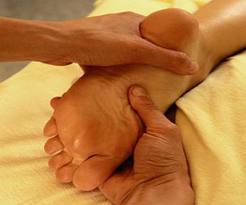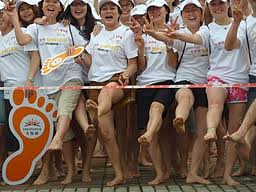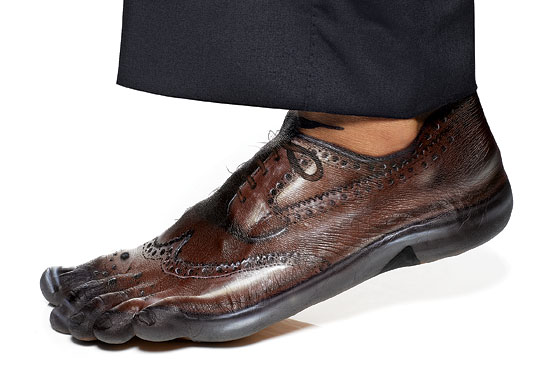“The heel cushions and arch supports within modern shoes have made our feet weaker, the foot has so much support in these shoes that the muscles don’t need to work as much as they would otherwise and have grown weaker … If you transition to barefoot running slowly and run correctly, so you build up to it, you could decrease the risk of injury over the long term.”Science News
I want to return to the discussion of minimalist or barefoot walking and running to stress a point that I may not have made strongly enough about the transition to minimalist or barefoot shoes and the process of changing one’s walking and/or running form.
Please be aware that changing your walking/running mechanics will place new demands upon muscles, joints, and tendons that are weak and unstable due to under use. If you are a habitual barefoot runner or walker, then your body is more prepared to make this transition. For everyone else, plan for the transition away from shod running/walking into minimalist or barefoot running/walking to be very slow.
I definitely do not recommend that you throw your shoes away and go run the same way you have been up until now. Until you develop strength and stabilization in the foot and leg, even half a mile of barefoot running can cause a serious injury which can take months of recovery.
My suggestion is to plan to take between six months up to three years to fully transition into barefoot/minimalist running/walking safely. A very small few can make the transition quicker, but they are taking a very big risk. Far too many people who attempt a quick transition end up injured. Spend the extra time now; it will pay off the rest of your life.
Good indicators that you are doing too much too fast: extreme soreness in the calves, achilles tendon(s), and/or arches; pain on top or beneath the foot; and/or knee and hip pain after you run.
My number one goal with my clients is pain-free movement. The feeling ofpain is an indicator of a problem; it is the body’s way of communicating that something is wrong. It is important to listen to this 911 call. Stop what you are doing and utilize the appropriate treatment for the issue before returning to the activity in which you were participating.
By not doing this, you are placing yourself at an increased risk of significant pain and injury. I cannot stress this enough; I consistently see it each week with new clients. Ignoring pain leads to even greater pain.




